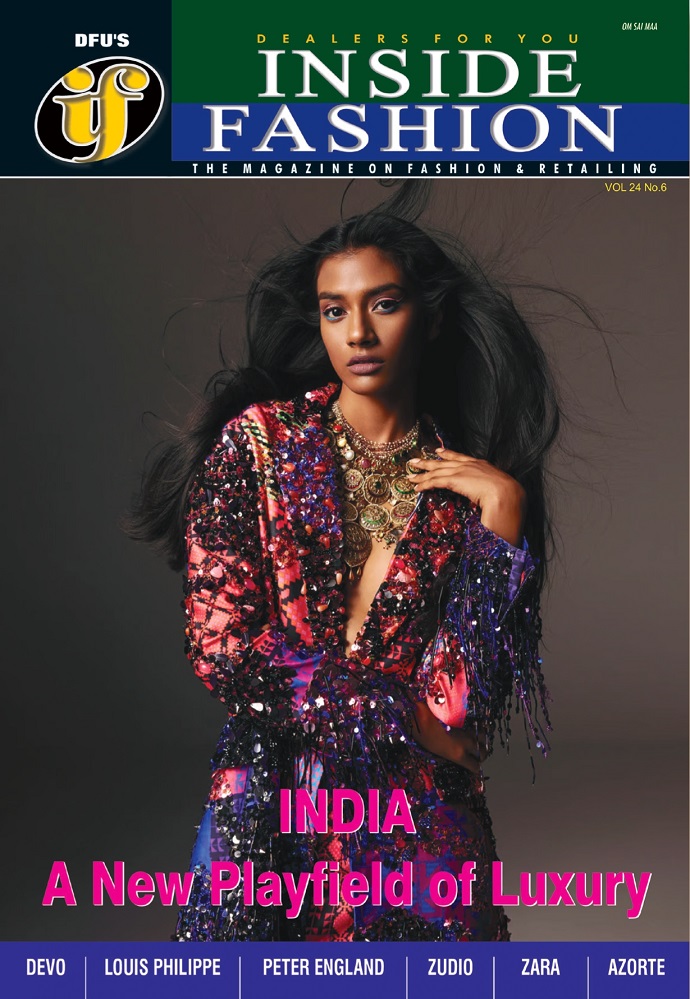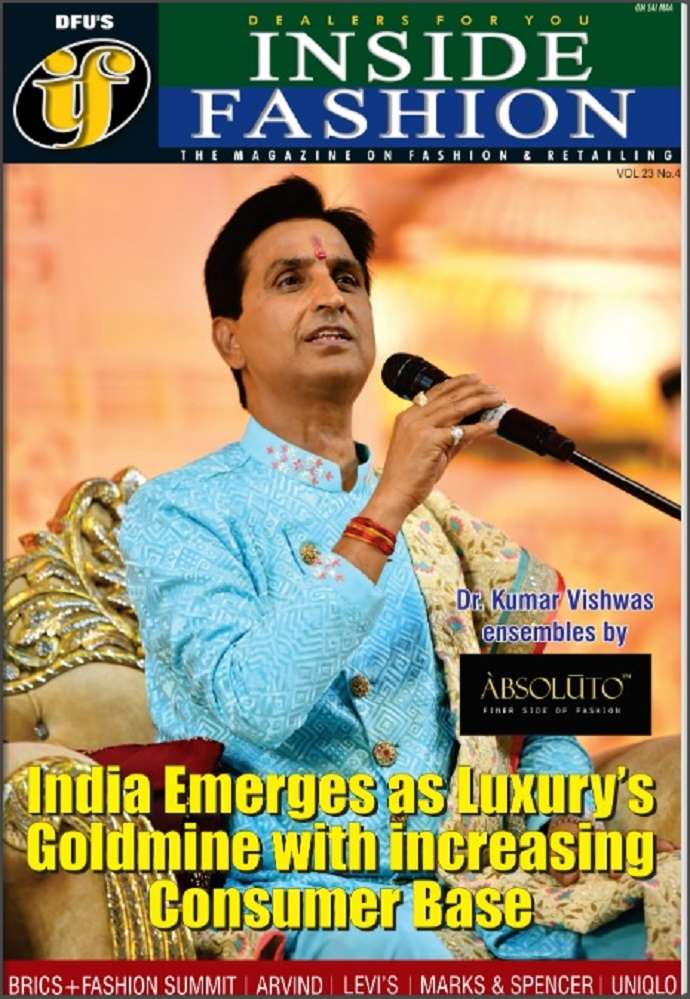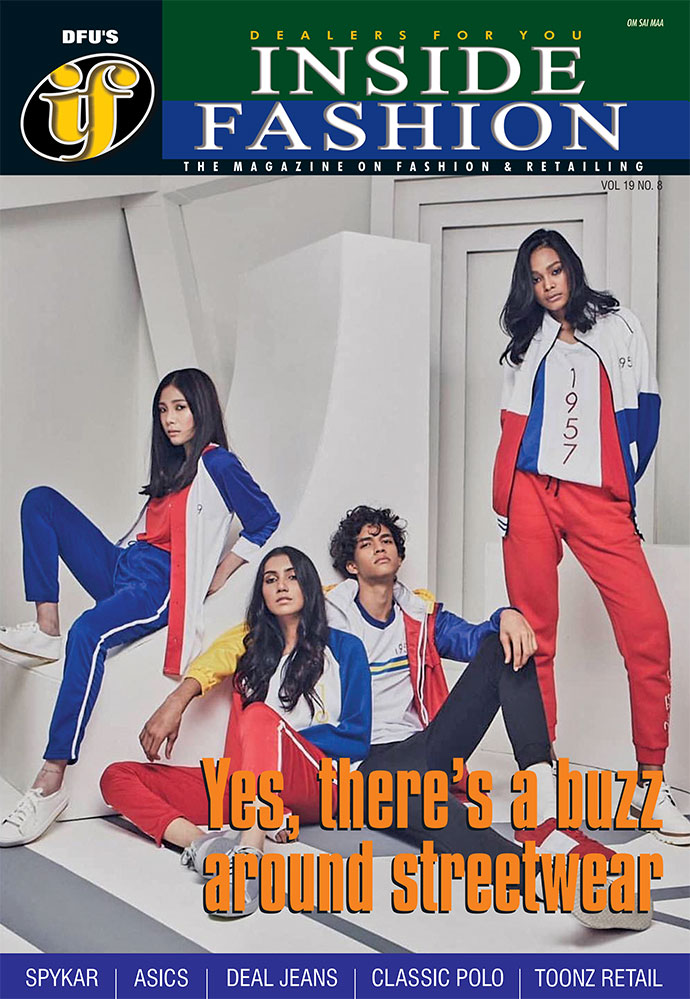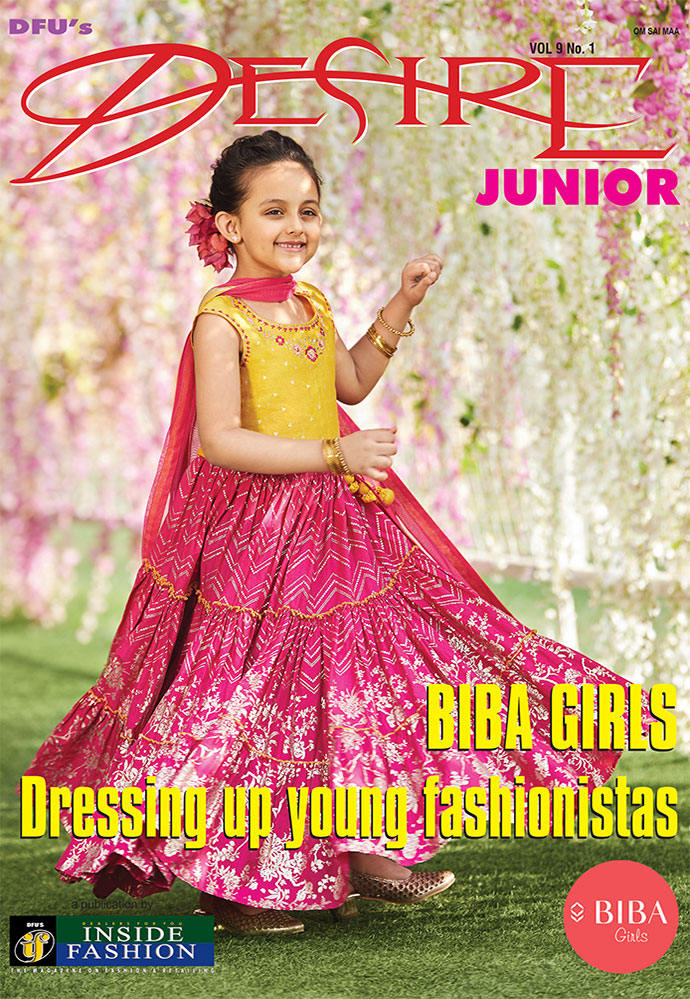Wrap Up 2024, Outlook 2025 of Indian Fashion Apparel Sector: The highs and lows, and what lies ahead

30 December 2024, Mumbai
A year of transformation and resilience, the Indian fashion and apparel sector in 2024 navigated a dynamic landscape marked by evolving consumer preferences, economic shifts, and technological advancements.
Factors that dominated the year
Value-conscious consumers: Rising inflationary pressures saw consumers become more discerning with their spending. Value for money propositions gained significant traction across segments.
Digital influence: Online channels continued to grow, with social media platforms and e-commerce marketplaces heavily influencing purchasing decisions.
Sustainability concerns: Consumers, particularly Gen Z and millennials, showed increasing interest in sustainable and ethical fashion choices.
Comfort and functionality: The lines between workwear and casual wear blurred further, with comfort and functionality becoming paramount. Athleisure and loungewear continued their strong performance.
Fusion fashion: A blend of traditional and modern aesthetics remained popular, particularly in the women's wear and ethnic wear segments.
Projections vs. Reality
As the table indicates, the slight dip in overall growth compared to initial projections can be attributed to the economic slowdown experienced in the first half of the year. However, the festive season and increased online sales contributed to a strong recovery in the latter half.
Table: Market and segment wise growth 2024
|
Segment |
Projected growth (start of 2024) |
Actual growth (estimates) |
|
Overall Market |
11-12% |
9-10% |
|
Menswear |
8% |
7% |
|
Womenswear |
12% |
11% |
|
Kidswear |
15% |
13% |
|
Athleisure |
20% |
22% |
|
Denimwear |
10% |
9% |
|
Ethnic Wear |
10% |
12% |
(Source: Technopak Analysis, Statista)
The winners
Some players emerged clear winners this year.
Value fashion retailers: Players like V-Mart, Citykart, and Max Fashion, offering trendy apparel at affordable prices, captured a significant market share.
Direct-to-consumer (D2C) brands: Online-first brands with a strong digital presence and personalized customer experience gained popularity.
Sustainable fashion labels: Brands focusing on eco-friendly materials and ethical production practices witnessed increased demand.
Athleisure and loungewear: The comfort-driven trend continued to favor brands specializing in athleisure and loungewear.
And losers
Then there were the ones who lost out…
Luxury brands: The premium segment faced challenges due to falling consumer spending on high-end fashion.
Traditional retailers: Brick-and-mortar stores struggled to compete with online platforms, with many facing declining footfalls.
Fast Fashion: While still relevant, the fast fashion segment faced growing criticism for its environmental impact, leading to some consumer backlash.
The rise and rise of sustainable style
One defining trend of 2024 was the rise of sustainable fashion. For example, No Nasties, a homegrown sustainable fashion brand, reported a 30 per cent sales increase compared to the previous year. Their focus on organic cotton, fair trade practices, and transparent supply chains resonated with environmentally conscious consumers. As Apurva Kothari, Founder of No Nasties opines, “Consumers are increasingly aware of the impact their choices have on the planet. They are willing to invest in brands that align with their values."
What lies ahead in 2025…
"The Indian fashion and apparel sector is poised for exciting times," says Ankur Bisen, Senior Partner & Head, Consumer, Food & Retail at Technopak. "Brands that can adapt to the changing consumer landscape, leverage technology, and offer unique value propositions will be the winners in the years to come."
In fact, some factors will clearly drive change in 2025. For example Artificial intelligence, virtual try-ons, and personalized recommendations will further enhance the online shopping experience. Experiential retail will gain traction with offline stores focusing on creating immersive experiences to attract customers, blending online and offline channels.
Personalization will increase as brands will leverage data and analytics to offer personalized products and services, catering to individual preferences. The focus will be on inclusivity. Body positivity and diverse representation will continue to gain importance, with brands catering to a wider range of sizes and styles.
Growth in online channels will continue as e-commerce is expected to maintain its strong growth trajectory, with social commerce playing a key role. Ethnic wear is expected to see a resurgence as the segment is projected to witness further growth, driven by weddings, festivals, and increasing adoption for everyday wear.
Tier II, III cities will continue to grow with rising disposable incomes and increased internet penetration in these cities presenting significant opportunities for fashion brands. And the athleisure segment is expected to evolve further, with new performance fabrics and stylish designs catering to diverse fitness activities.
Overall 2024 was a year of adaptation and innovation for the Indian fashion and apparel sector. As we move into 2025, the industry is expected to witness further growth, driven by evolving consumer behaviors, technological advancements, and increasing focus on sustainability and inclusivity. Brands that can navigate these trends and cater to the diverse needs of the Indian consumer will be well-positioned for success in this dynamic market.
























